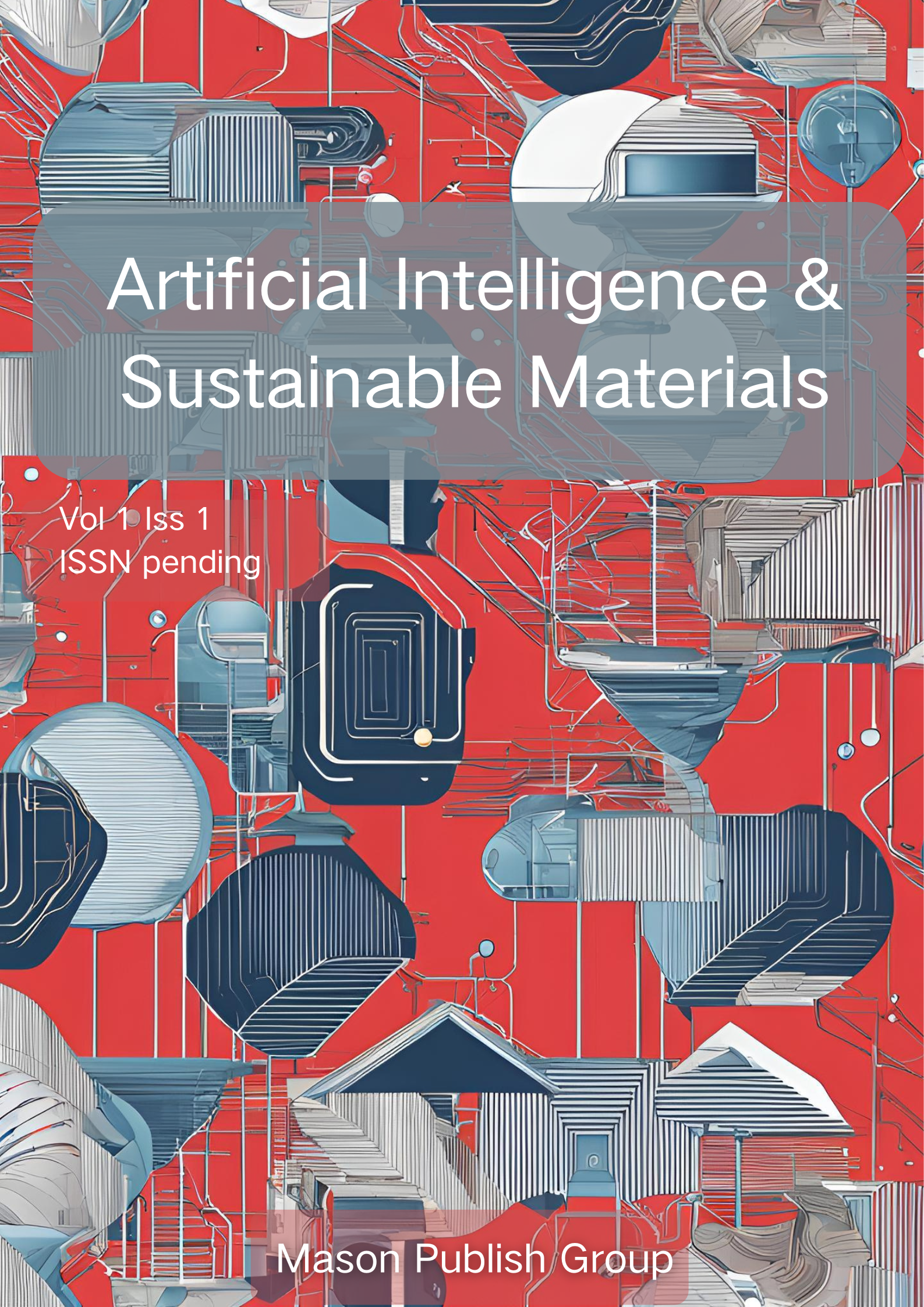Capture CO2 as an admixture to improve engineering performance of ultra-high performance concrete
Keywords:
Ultra-high-performance concrete; Microstructure; CO2 absorption.Abstract
Ultra-high-performance concrete (UHPC) exhibits high compressive strength and good durability. However, owing to the dense microstructure of UHPC, carbonation curing cannot be performed to capture and sequester carbon dioxide (CO2). In this study, CO2 was added to UHPC indirectly. Gaseous CO2 was first converted into solid calcium carbonate (CaCO3) using calcium hydroxide, and the converted CaCO3 was then added to UHPC at 2, 4, and 6 wt.% based on the cementitious material. The performance and sustainability of UHPC with indirect CO2 addition were investigated through macroscopic and microscopic experiments. The experimental results showed that the method used did not negatively affect the performance of UHPC. Compared with the control group, the early strength, ultrasonic velocity, and resistivity of UHPC containing solid CO2 improved to varying degrees. Microscopic experiments, such as heat of hydration and thermogravimetric analysis (TGA), demonstrated that adding captured CO2 accelerated the hydration rate of the paste. Finally, the CO2 emissions were normalized according to the compressive strength and resistivity at 28 days. The results indicated that the CO2 emissions per unit compressive strength and unit resistivity of UHPC with CO2 were lower than those of the control group.
Downloads
Published
How to Cite
Issue
Section
Categories
License
Copyright (c) 2025 Artificial Intelligence and Sustainable Materials

This work is licensed under a Creative Commons Attribution 4.0 International License.
Creative Commons Attribution International License (CC BY 4.0). (http://creativecommons.org/licenses/by/4.0/)





